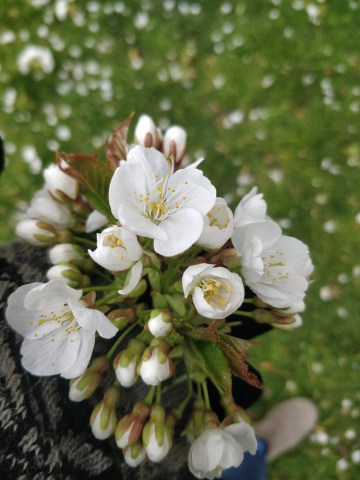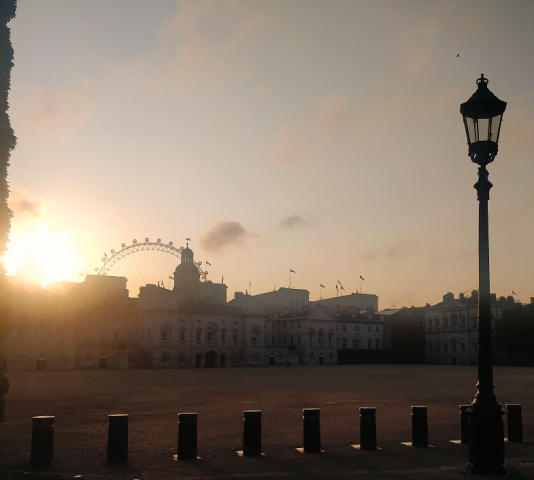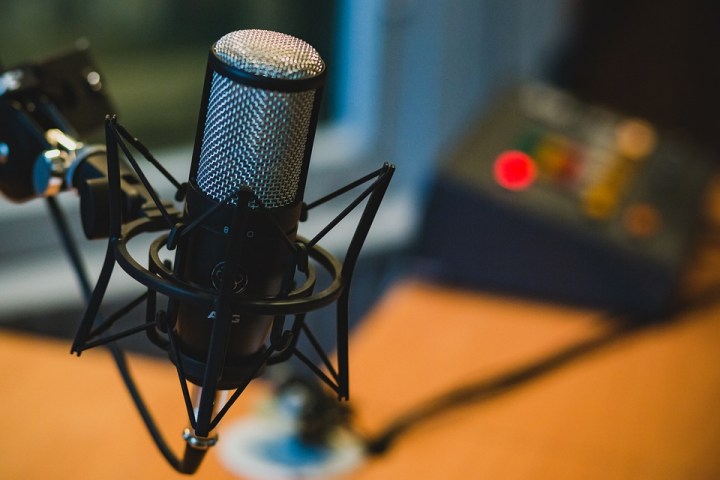So Much Learning…

I’ve spent so much time doing research for this book. Ugh. You’d think that Harry August required a bit of research, but to be honest, that was historical stuff, that’s inside my comfort zone. Whereas Claire North no. 3 is a book set in the modern day, with very little deviation in the timeline at all, and I am drowning in research.
A sample of things I’ve learned about:
1. Medicine. Various degrees of smoke inhalation and the treatments therein. Kopliks signs and early diagnosis of measles. Transcranial magnetic stimulation vs. electroconvulsive shock therapy. The names of the bones in the hand up to the shoulder blade. Experiments to genetically modify neurons to be light-sensitive, so that connections can be triggered when exposed to a lamp.
2. Technology. Tor; onion routers; the darknet. Both not as interesting as it might seem, and yet endlessly fascinating and full of potential as a tool both for crime and terrorism, and freedom from oppression and surveillence. 17-digit prime number encryption. Google algorithmics. (In fact: algorithms in general. My fact of the day: based on my browsing habits, google thinks I’m male, 55-65 year old.) Telephone cloning. Credit card scamming. Biochips.
3. Crime. The Pink Panthers – a jewel gang out of the Balkans, known for intricate planning, so named after the film. Diamond smuggling; the Kimberley process (not all it should be, really). Fencing, the role of pawnbrokers in distributing stolen goods. One paper I read on this subject cited the beautiful example of a pawnbroker in Florida which, over the course of three weeks, pawned several TVs, VCR players, a computer, dozens of watches and women’s jewellery to the value of several thousand dollars, all handed in by the same man, and then when this man was arrested as a burglar, the pawnbroker was very surprised indeed and fought tooth and claw against giving any of these goods back. I’m not saying this is how the world works; merely that sometimes fact is dumber than fiction.
4. Religion. Hermit practices – for example, there used to be a tradition in Christianity and Hinduism both of living on top of poles for years at a time, never moving, while food was roped up to you in a bag, in order to better contemplate the divine? Several mystics in India still have the practice, as well as one Christian monk in the Middle East, I believe. More interesting facts: in Japan there is an island, so sacred to the Shinto tradition, that it is illegal to die there. In many streams of Buddhism, the most senior nun, however wise or learned or revered she is, must always show respect and sit behind the youngest, most infant idiot monk. She must never rebuke a man, never correct him, and always accept his instruction. And why? Because women cannot achieve enlightenment – only men. Go figure.
5. Travel. So much travel. Cruise ships up the Red Sea; ferries in Turkey; buses in San Francisco, the trains in Tokyo, taxis in Korea, buses from Manchester Piccadilly, just so much travel. All of it in a hurry, most of it illegal.
6. The excesses of the wealthy. £100,000 dining tables. Super-butlers. Titanium-metal body art. £5000 dollar cocktails (complete with diamond inside), high fashion (still bewildering), the world’s most expensive hotel, where it is perfectly possible to spend £12,000 in 12 hours. The casual abuses of the poor that can stem from all this – migrant workers, casual abuses of the law, destruction of social housing, political lobbying, environmental recklessness etc. etc. etc.. Some of the things that humanity has invested value in blow my tiny mind; some of the things we do to ourselves in the name of looking and feeling wealthy, leave me very angry and sad.
7. Beefalo. This gets a whole note for itself. There is a cross-breed of domestic cattle and American buffalo called, of course, the beefalo. (Other interesting fact: in 1400 there were tens of millions of buffalo in the USA, by 1890 there were less than 1,000. Numbers are now recovering towards 320,000, but blimey, what a species mankind is.) I stumbled on this fact casually while looking into the history of buffalo, of course, and it still leaves me giggling….
This book will, I think, go down as one of the slowest I’ve ever written. Not because it’s taking particularly long in the actual writing, but because the amount of time I’ve spent checking and cross-checking research has just been brain-melting. My critical faculties (always under strain when researching a lot through the internet) have gone a bit gooey and my poor friends are beleaguered by the words ‘hey, I learned something new today!’ … and have been for the last six months.





